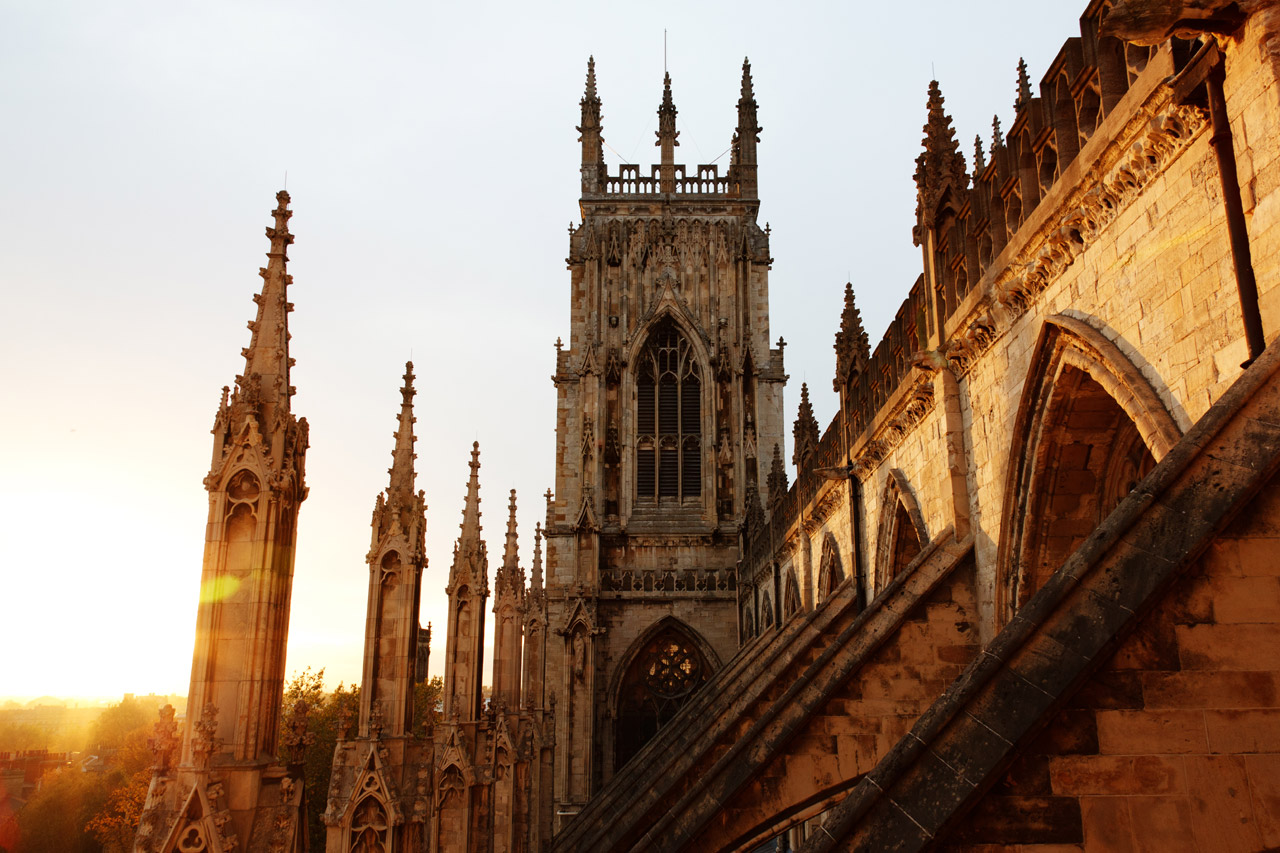
Introduction
Sicily, the largest island in the Mediterranean Sea, boasts a rich tapestry of history, culture, and stunning natural beauty that attracts millions of visitors each year. From ancient ruins to exquisite landscapes, Sicily is a region of Italy that offers a diverse range of experiences. Its unique geographical location has made it a melting pot of cultures, blending influences from Greek, Roman, Arab, and Norman histories, making Sicily a destination that is both culturally and historically significant.
A Glimpse of Sicily’s Rich History
Sicily’s storied past can be traced back thousands of years, making it a treasure trove of archaeological sites. The Valley of the Temples in Agrigento features some of the best-preserved ancient Greek ruins, including the Temple of Concordia, a UNESCO World Heritage site. The city of Syracuse, founded by the Greeks, was once one of the most powerful city-states in the Mediterranean and is home to the remarkable Ear of Dionysius—a cave renowned for its acoustics.
Modern Developments and Tourism
In recent years, Sicily has seen a surge in tourism, particularly post-pandemic, as travellers from around the globe seek to escape to its warm climate and vibrant culture. The Sicilian economy has benefited from this influx, with local businesses, particularly those in the hospitality and food sectors, flourishing. Popular tourist spots such as the bustling markets of Palermo and the scenic beaches of Taormina highlight the island’s eclectic appeal.
The Natural Wonders of Sicily
Beyond its historical sites, Sicily is also renowned for its breathtaking landscapes. The majestic Mount Etna, one of the world’s most active volcanoes, attracts adventurers and scientists alike. At 3,329 meters, it is a focal point for both geological study and hiking, offering stunning views of the surrounding countryside. The island’s coastline is dotted with picturesque beaches, charming fishing villages, and crystal-clear waters, making it an ideal destination for relaxation and exploration.
Culinary Delights
Food is an integral part of Sicilian culture, reflecting the island’s diverse influences. Sicilian cuisine features an array of flavours, from fresh seafood to sweet pastries like cannoli and cassata. The vibrant street food scene in cities like Palermo, where arancini (rice balls) and panelle (chickpea fritters) are sold, showcases the island’s culinary heritage and is a must-try for visitors.
Conclusion
As Sicily continues to rise as a prominent travel destination, it remains essential for tourists and locals alike to appreciate its cultural heritage, breathtaking landscapes, and culinary offerings. With sustainable tourism practices and local initiatives on the rise, Sicily’s future as a beloved Mediterranean paradise appears promising. Under the warm Sicilian sun, the island invites one and all to experience its rich history and vibrant lifestyle, ensuring memories to last a lifetime.
You may also like

Exploring Monmouth: History, Attractions and Community

The Royal Opera House: A Jewel in London’s Cultural Landscape
